Tucked away in France’s southwest, the Gascogne area is a wine lover’s secret treasure. Although Burgundy and Bordeaux frequently take the front stage, Gascogne discreetly has a wide variety of indigenous grape varietals that go into making its distinctive and alluring wines. This article will take you on a tour around the Gascogne vineyards, where you can learn about the region’s terroir, history, and remarkable native grape types that make it a popular wine-loving destination.
A Glimpse into Gascogne’s Viticultural History
The viticultural history of Gascogne dates back centuries, with evidence of grape cultivation reaching as far back as the Roman era. However, it wasn’t until the Middle Ages that wine production in the region gained prominence. The favourable climate, diverse terroir, and innovative spirit of local winemakers have contributed to the region’s viticultural success.
Terroir: The Essence of Gascogne’s Wines
Gascogne’s terroir plays a pivotal role in shaping the character of its wines. The region benefits from a maritime climate influenced by the Atlantic Ocean, resulting in mild temperatures and consistent rainfall. The vineyards are often situated on undulating hillsides composed of a mix of clay, limestone, and sand, offering a variety of soil types that contribute to the complexity of Gascogne wines.
Exploring the Native Grape Varieties:
Colombard
History: One of the most widely planted white grape varieties in Gascogne, Colombard has a long history in the region. It is believed to have originated in the southwest of France and found its ideal home in Gascogne’s climate.
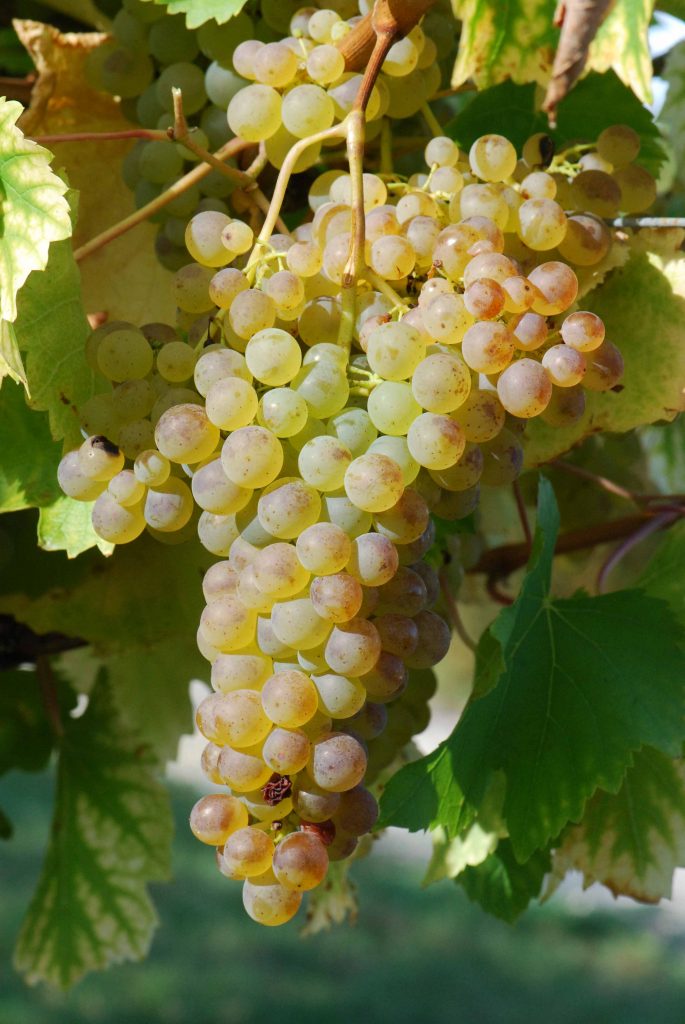
Characteristics: Colombard is known for its high acidity and citrusy profile. Wines crafted from Colombard often exhibit notes of green apple, lemon, and a crisp, refreshing finish. The grape’s versatility allows winemakers to produce a range of styles, from dry and zesty to off-dry and fruity.
Ugni Blanc:
History: Also known as Trebbiano in Italy, Ugni Blanc has deep roots in Gascogne’s winemaking history. While it is primarily associated with Cognac production, it plays a crucial role in the region’s white wine blends.
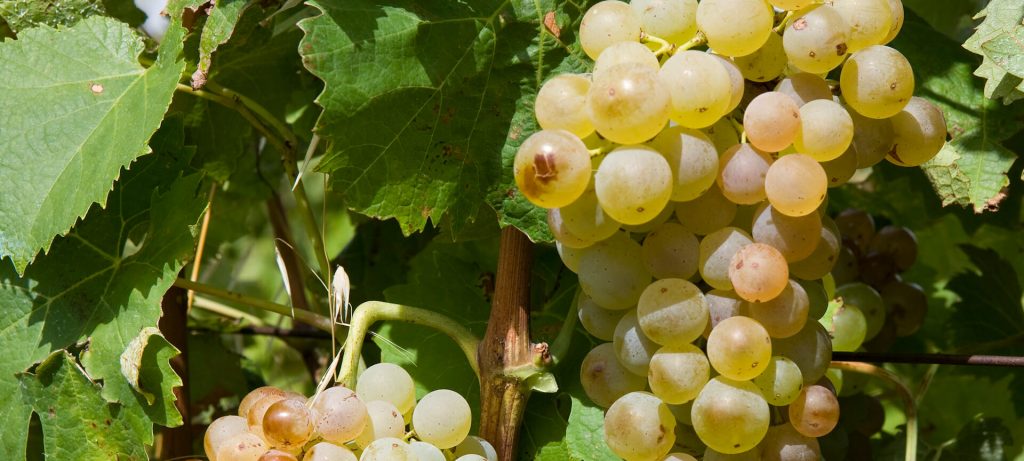
Characteristics: Ugni Blanc contributes bright acidity and a subtle floral aroma to the wines. Its neutral profile makes it an excellent blending grape, allowing other varieties to shine. In Gascogne, it is often paired with Colombard to create harmonious and well-balanced white blends.
Gros Manseng:
History: This indigenous grape variety has been cultivated in Gascogne for centuries, particularly in the Bas-Armagnac subregion. Gros Manseng thrives in the region’s sunny climate and well-drained soils.
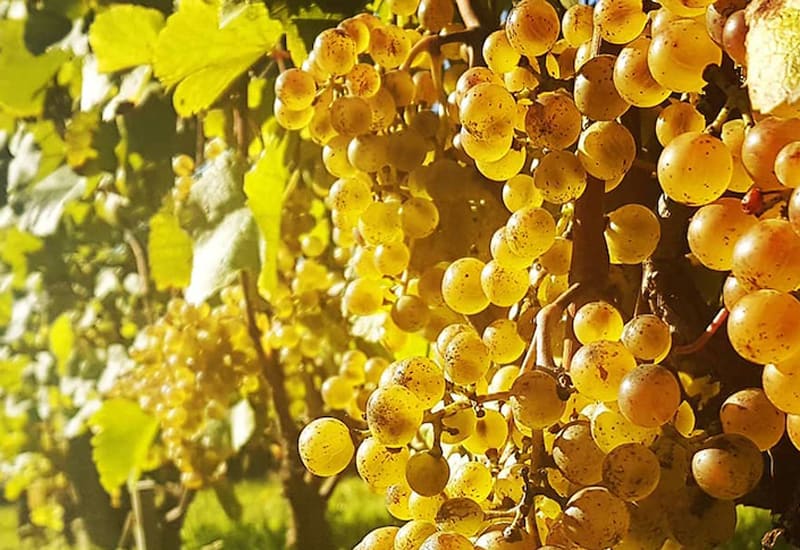
Characteristics: Known for its aromatic intensity, Gros Manseng imparts vibrant flavors of tropical fruits, such as pineapple and passion fruit, to the wines. It also contributes a touch of honeyed sweetness, creating a delightful contrast to the acidity in both still and dessert wines.
Petit Manseng:
History: Petit Manseng is another native grape variety that has gained acclaim in Gascogne. While it is also found in other parts of southwest France, Gascogne’s expression of Petit Manseng is particularly noteworthy.
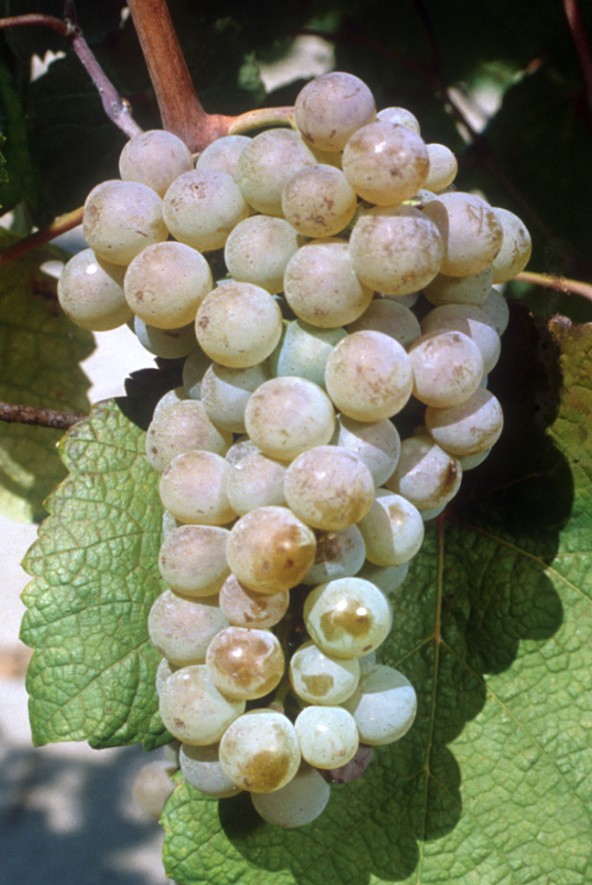
Characteristics: Often used in late-harvest and sweet wine productions, Petit Manseng is prized for its high sugar content and rich, honeyed flavors. The wines exhibit a perfect balance of sweetness and acidity, making them a delightful choice for dessert pairings.
Tannat:
History: Originating in the Basque country, Tannat has become synonymous with Gascogne’s red wine production. The grape is known for its robust character and deep colour, making it a favourite among those who appreciate bold red wines.
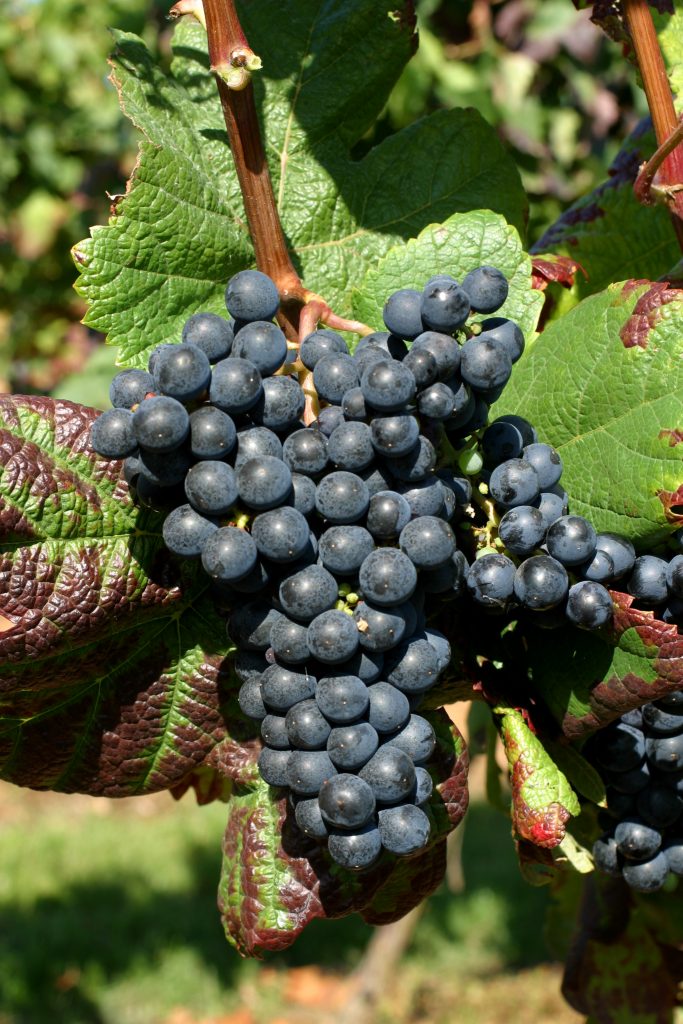
Characteristics: Tannat wines from Gascogne are full-bodied with intense dark fruit flavours, such as blackberry and plum. The grape’s high tannin content provides structure and age-worthiness to the wines. With careful winemaking, Tannat can also showcase elegant notes of violet and spice.
Winemaking Traditions:
Gascogne’s winemakers take pride in their traditional winemaking methods, which emphasise the expression of terroir and the unique characteristics of each grape variety. Many producers in the region embrace sustainable and organic practices, preserving the integrity of the land and ensuring the longevity of their vineyards.
In white wine production, the blending of Colombard and Ugni Blanc is a common practise. Winemakers carefully balance the acidity of Colombard with the neutral profile of Ugni Blanc, resulting in wines that are refreshing and versatile. Stainless steel fermentation is often employed to maintain the purity of fruit flavours, while some producers choose to age their white blends in oak barrels for added complexity.
For red wines, Tannat takes centre stage. The grape’s thick skins and high tannin content require skilled winemaking techniques to achieve a well-balanced and approachable wine. Some winemakers opt for extended maceration to extract maximum colour and tannins, while others choose a gentler approach to showcase the grape’s inherent elegance.
Noteworthy Producers:
Domaine du Tariquet:
History: Established in 1912, Domaine du Tariquet is one of Gascogne’s most renowned estates. The Grassa family, now in their fourth generation, has been instrumental in elevating the region’s winemaking reputation.
Signature Wines: Tariquet’s Classic range, featuring a blend of Colombard and Ugni Blanc, is celebrated for its freshness and vibrant fruit aromas. The winery also produces exceptional single-varietal wines, including Tannat and Gros Manseng.
History: With a history dating back to the 18th century, Domaine de Pellehaut is a family-owned estate committed to sustainable viticulture. The Béraut brothers, Mathieu and Martin, oversee the estate’s operations.
Signature Wines: Pellehaut’s Harmonie de Gascogne series showcases the region’s diversity, featuring white blends, red blends, and single-varietal wines. The estate’s Tannat-based reds exemplify the grape’s power and finesse.
Gascogne’s native grape varieties offer a fascinating journey into the heart of French winemaking. From the crisp and aromatic whites crafted from Colombard and Ugni Blanc to the robust and age-worthy reds dominated by Tannat, the region’s wines reflect a harmonious marriage of tradition and innovation. As you explore the wines of Gascogne, you’ll discover a captivating tapestry of flavours that pays homage to the land, the climate, and the rich viticultural heritage of this hidden gem in the French wine world. So, pour yourself a glass of Gascogne’s finest, savour the moment, and let the wines transport you to the sun-drenched vineyards of this enchanting